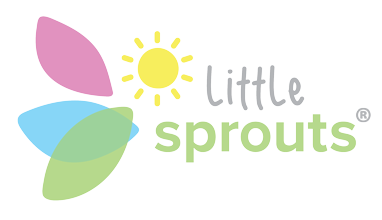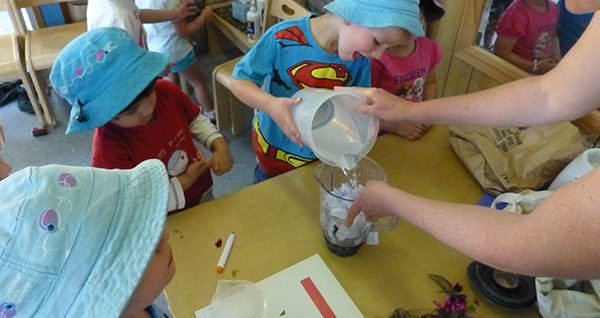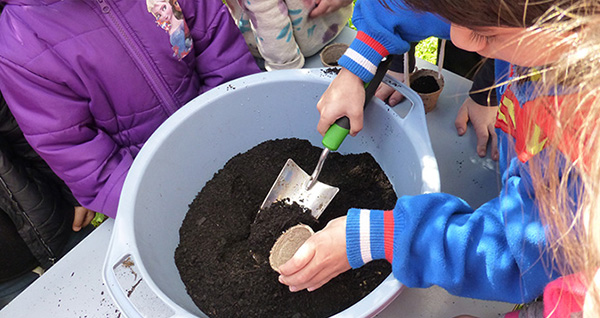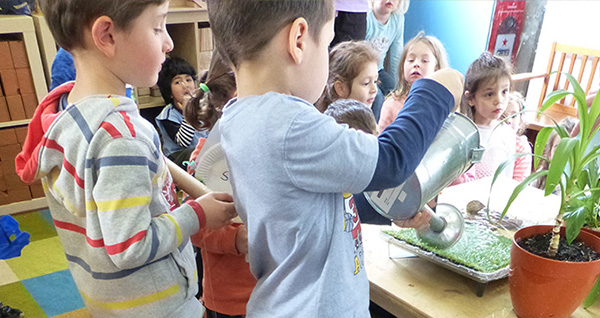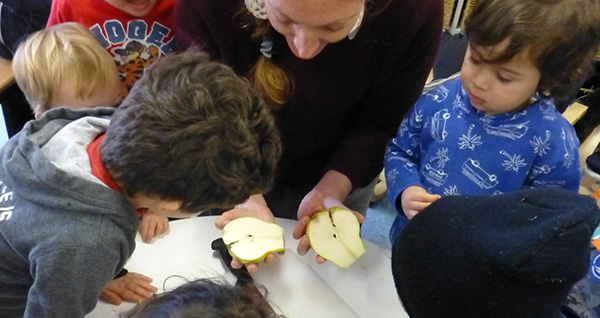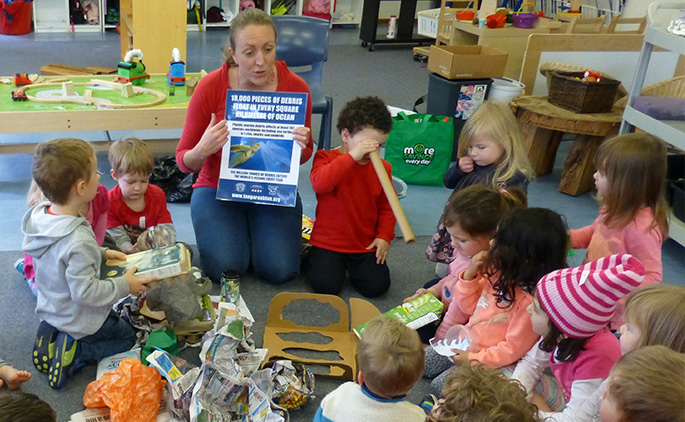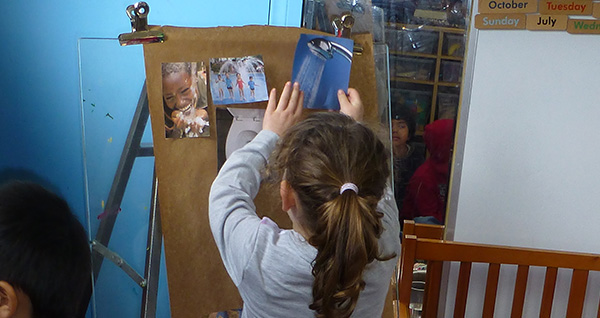Nappies…they are a part of everyday life for parents and anyone working in the early childhood industry. On average, children use 5000-6000 single-use nappies before becoming toilet trained!
There are lots of resources existing to help guide parents in using environmentally friendly nappies and to encourage their early childhood service to get on board with cloth (see below for some suggested resources). This blog post will explore some key things to consider if you are looking to reduce or eliminate disposable nappy waste at your early childhood service. We’ll also hear some great insights from different centres on how they have made the successful transition to cloth.
Save money and the environment
Like any other single-use plastic product, the energy needed to produce disposable nappies (that are used so briefly before becoming part of landfill), is unsustainable. Most plastic products break up into smaller pieces of plastic; they don’t break down as they don’t decompose well in landfill. Disposable nappies can take around 500 years to break up in landfill, meaning that every single disposable nappy that was ever used, is still sitting in landfill today.

Some councils estimate between 10-25% of their waste is disposable nappies. A Little Sprouts waste audit of six early learning centres over a year, found that the top waste items produced by centres in order of frequency are cardboard and paper, plastic, nappy and food waste. The more children that are in nappies at a centre, the larger the amount of general waste the centre will produce. Councils are beginning to try to tackle this issue through subsidising cloth nappies for households. Hopefully we will see this offered for early childhood services as well soon. Many Councils also offer cloth nappy workshops to help build parents and early childhood educators’ confidence in using reusables. If you can’t switch to using 100% cloth nappies, every little bit counts, even if you start with using one cloth nappy a day!
You can’t talk about nappies without mentioning poo. Did you know that you are meant to dispose of poo from all nappies down the toilet before throwing them in the bin, or washing them? The majority of people think this only applies to reusable nappies but most disposable nappy packaging clearly mentions that solids should be emptied into the loo. Most Councils are also clear that it is against the law to dispose of human waste in your rubbish. As you can guess, human waste sitting in landfill is not good for us or the environment. It can create a biohazard which can cause serious harm if it gets into our waterways. If you use reusables, you will quickly become a pro at disposing of poo!
But what about biodegradable nappies?
There are plenty of biodegradable nappies available but you have to do your research to avoid the greenwashing. Some won’t properly biodegrade in your home or even Council compost facilities and they still contain plastic. They can also cost more than disposable nappies.
Let’s talk reusable nappies
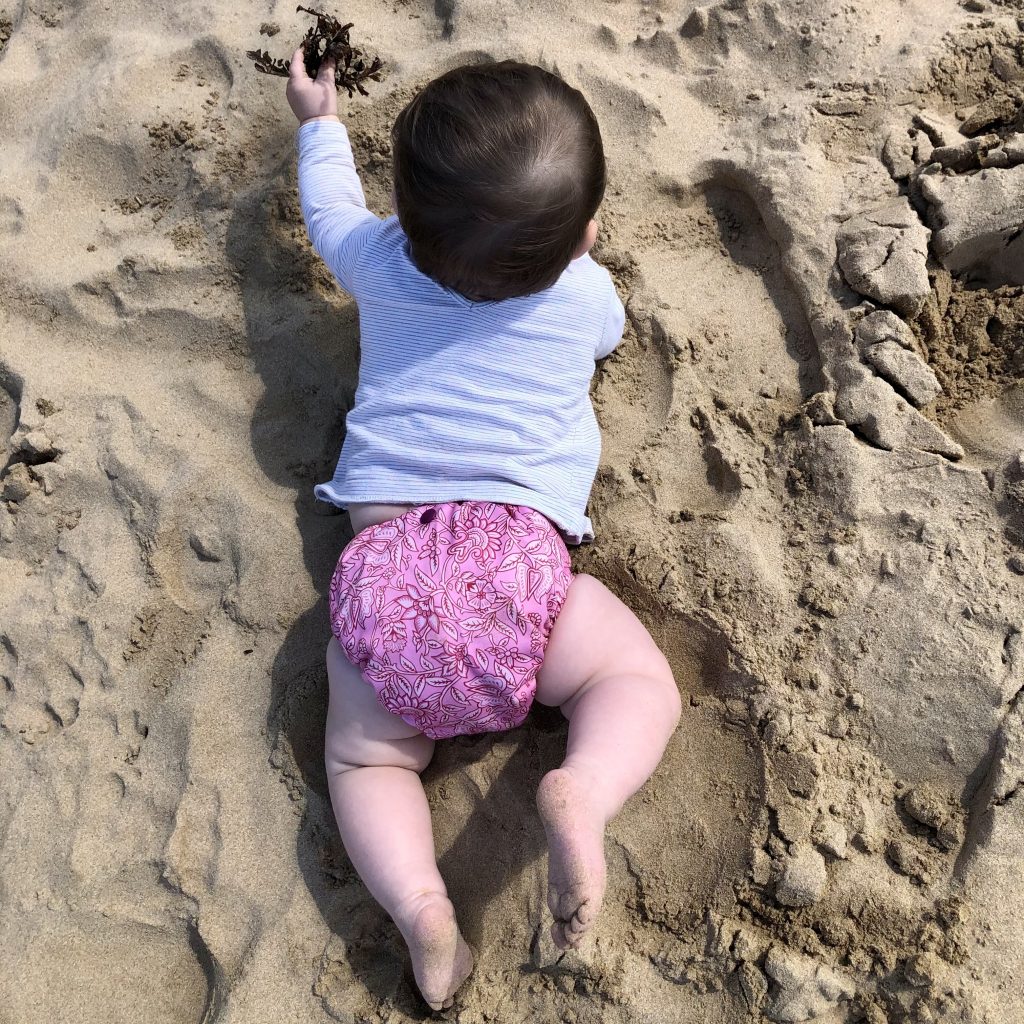
Remember the days of Terry Towelling nappies with big safety pins to hold them together? The use of these nappies fell out of fashion over the 70’s and 80’s as disposables became popular. But plenty of people still use them and find them the most simple system to use. Coburg Children’s Centre in Melbourne have a successful routine using Terry Towelling cloth for their children in nappies since the Centre opened in the 70’s. Michelle, the Centre Educational Coordinator, shared that they have never considered disposables. “It just wasn’t part of our sustainability philosophy,” she said. They use Terry Towelling squares (or terries as we like to call them) with Baby BeeHinds covers. They send their terries offsite to a commercial laundry service to be cleaned, and wash the covers at the centre.
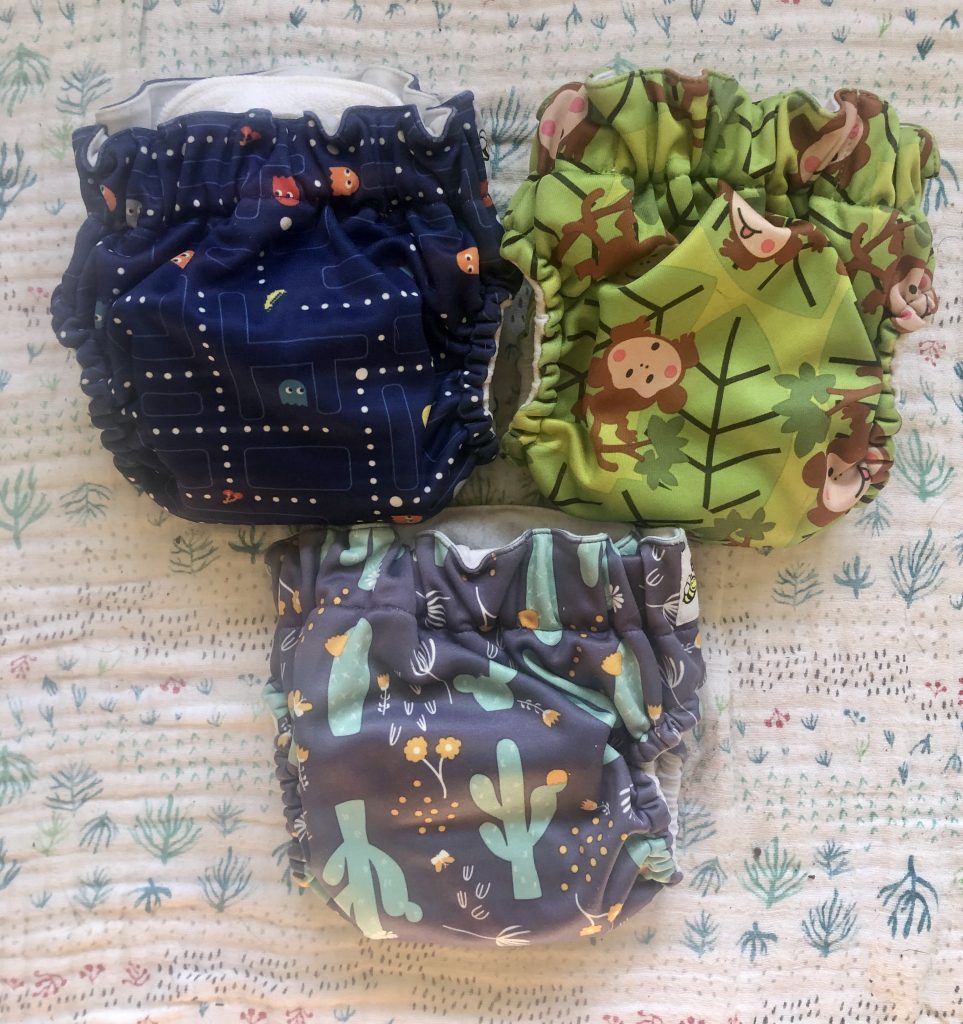
Nowadays, you will find plenty of other options on top of terries. Modern cloth nappies (MCN’s) come in all shapes and sizes and there is something for everyone. The main types of nappies with built in covers are pockets, all-in ones and all-in twos. Pocket nappies and all-in twos come with removable inserts made from absorbent fabric like bamboo, hemp or microfibre, for easy washing and drying. In all-in-ones, the absorbent fabric is attached to the nappy cover which means no separate parts and no putting together the nappies when they are dry. They just take a little longer to dry! There are also separate nappy and cover systems including flats (a traditional style of nappy), prefolds (a flat nappy with an absorbent panel in the center) and fitted (the folding has all been done for you). Adding a cover to each of these options makes them waterproof.
Most MCN’s come with snaps which allow you to adjust the nappy to the size of the child as they grow. Which means you don’t have to continue buying more! Velcro is also an option and many parents and early childhood educators say these are just as easy to use as a disposable nappy.
Pros, cons and busting myths
Let’s start with the costs. If using MCN’s, a set of 24 nappies should be enough for one child from birth through to toilet training. Of course this number will be reduced if you only need to have enough nappies for a child when they are attending your childcare service. There is an initial outlay cost to prepare for using reusable nappies, but in the long run, this costs thousands of dollars less than disposable nappies. MCN’s retail from between $8 at the cheaper end, to $35-$40 for the higher quality brands. Most centres should be able to access wholesale or heavily discounted prices if buying in bulk and good quality nappies will last years if they are being looked after properly. South Australian based cloth nappy company, Baby Beehinds, offers wholesale nappies to early childhood services and can support you in the implementation of your systems too! If the initial investment in cloth nappies seems out of reach, there are many second hand MCN’s available through networks and social media platforms.
There is also the cost to wash them (including the cost of your time) and the cost for using resources like water and energy. Practice makes perfect, so once you get into a rhythm with washing the cloth nappies, your time spent in the laundry will reduce. Gone are the days of soaking your nappies for hours – these days it’s recommended to do a quick pre-hot wash (nappies only) followed by a longer hot wash (for the most in-depth science-backed washing info, head to Clean Cloth Nappies). If you decide to outsource your washing, shop around and negotiate. Find out if the laundry uses renewable energy or recycled water systems to lessen the environmental impact. If you are interested in a comparison between the environmental costs of cloth nappies vs disposables – the Australian Nappy Association has some great info.
Some people say cloth nappies increase the chance of nappy rash. From experience, we don’t believe this to be true. Nappy rash varies from child to child and depends on how often the nappies are being changed. Changing nappies regularly (every 2-3 hours) will reduce the chance of nappy rash. You can still use barrier cream if you are washing the nappies thoroughly and if it’s still an issue, try switching fabrics or detergents to see if that reduces the reaction.
Some possible disadvantages to using cloth are:
- Babies can’t sit in soiled nappies as long because the cloth isn’t as good at sucking away the moisture as the plastic. Regular changes are recommended. Most decent nappies should hold at least 2-hours worth of pee.
- When you’re out and about you need to carry a wet bag for dirty nappies rather than dropping them in a bin.
- Cloth nappies are bulkier and this needs to be factored in when fitting clothes over them.
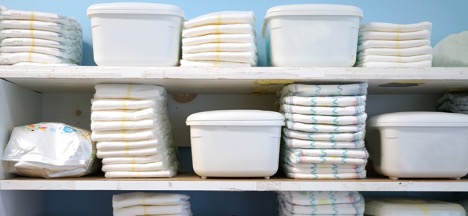
You will need to consider your changing and storage systems for cloth nappies to make sure the system works for your service. Where will you store nappies before they get washed? What happens when the nappy bin gets full? How will you store clean nappies in the change area? How will you manage solids and disposing of this into the toilet?
Director Anita Nolan from Palmwoods Early Learning Centre on the Sunshine Coast has successfully managed transitioning one early childhood centre to cloth nappies and opened a new centre that is predominantly cloth. On cloth nappies Anita says, “our owners are sustainability focused and were very open to cloth when I suggested it – which was a key element to success.” Legislation prevented them from laundering their own nappies, so they went on the hunt for a local laundry partner. Initially, the price was too prohibitive; however, after a few successful negotiations with the laundry, the costs became attainable. They promote their partnership with the laundry to their families, resulting in more customers for the laundry and a win-win for everyone.
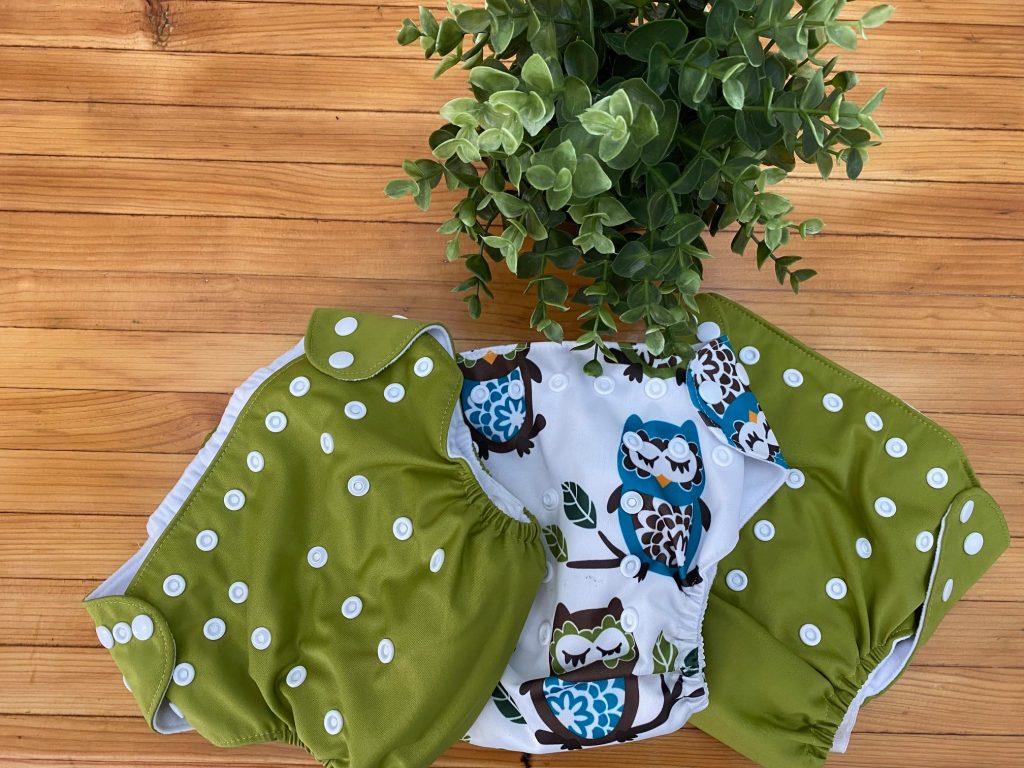
Palmwoods Early Learning Centre have opted to provide nappies themselves and even have their own brand and style on their nappies! They use bamboo liners in the nappies to make disposing of solids easy (liners come back from the laundry already put back in which saves centre staff time). They store clean nappies in an accessible cupboard under the change station in each of the rooms. Liners and contents are disposed of in a regular lidded nappy bin and the used nappies are placed in lined nappy buckets with a reusable/ washable/ zippable wet bag. When full, these are stored in the centre laundry until collected daily each afternoon by the laundry service. Children at the centre get sent home at the end of the day in a disposable unless the parent also uses cloth at home and supplies a fresh one to go home in.
Anita is passionate about cloth nappies. “It’s so easy and it’s just a no-brainer for us…we would never go back to disposables.”
Both Michelle (Coburg Children’s Centre) and Anita (Palmwoods ELC) believe it’s important to still ensure parents who want their children in a disposable nappy, for whatever reason, are supported and never made to feel judged. They both see the use of cloth by parents at home increasing slowly and most parents are completely on-board with their systems, regardless of what nappy system they use at home. “We show parents our nappies and changing system when they do tours, so they know what to expect,” says Michelle and Anita.
There are many different ways to go cloth and reduce disposable nappy usage; it’s simply a matter of finding what works for you and giving it a go. We’ll leave you with 3 key things to consider, depending on where you are at on your cloth nappy journey:
1: START WITH SUPPORT & RESEARCH
If the majority of staff at your centre are unfamiliar with modern cloth nappies, you should start by doing some research, attending a cloth nappy workshop or getting in touch with a manufacturer or parent who can introduce you to using them. There are lots of social media groups that offer great support like Clean Cloth Nappies. You could also reach out to other centres in your local area who have gone full-cloth and find out how they have done it. The incredibly helpful people at Darlings Downunder in Melbourne or Nest Nappies in Brisbane have physical cloth nappy stores where you can go in and have a feel of different types of cloth nappies (and admire the gorgeous patterns).
Some other ways to help get your staff and families on board include:
- Organise a cloth nappy information session for staff and/or parents (get in touch if you’d like our help with this). It’s a great way to show your support for cloth and your commitment to sustainability.
- Use your communication platforms to let parents know they are welcome to send children in cloth nappies!
- Add a cloth nappy display at the entrance or reception. Provide copies of fact sheets and example cloth nappies on display.
- If you hold open days, invite a cloth nappy manufacturer to come along to chat to parents about cloth nappies.
- There are many grants available to encourage sustainable practices at early childhood services and reduce waste going to landfill. If your centre is looking to switch to using some or all cloth nappies, why not apply for a grant to help kick start the initiative!?
2. BRAINSTORM WITH AND INVOLVE YOUR STAFF
Michelle from Coburg Children’s Centre, believes that for sustainability initiatives, change needs to come from the bottom-up rather than a top-down, management approach. She says “don’t do too much too soon. Identify the systems that need to change and prepare…It’s easy to get frustrated and give up if you don’t have the right systems in place.”
Identify staff who are passionate about the environment and sustainability and ask them to do some research with you. At your next staff meeting, raise the topic of disposable waste and cloth nappies and generate discussion. Write up the pros and cons of each system. Identify barriers and potential systems that need more thought.
Some questions to ask if you are wanting to implement or expand the use of cloth nappies at your centre:
- How could we adapt our nappy-changing system to cloth? What infection control protocols need to be considered?
- Would the centre supply the cloth nappies, parents or a combination of both?
- If the centre is supplying the nappies, is there a commercial laundry in the area that could launder them? What is the cost of this and could the reduction in purchasing disposables and producing less waste compensate for some of these costs?
- If you have the capacity to launder in-centre, are there any laws or restrictions preventing this?
- If parents supplied and laundered the cloth nappies, how can the centre help guide them with standards on washing?
- Are you expecting resistance to this change from staff or families? How can you include your centre community in the journey and increase support for the initiative?
- How can you involve children in the decision-making and planning process?
3. DO A LIMITED TRIAL
So you’re ready to give it a go? Fantastic! Why not run a trial first in just one room at the centre while you are fine-tuning your systems? Purchase enough cloth nappies for that room, trial some different systems for a defined period and then assess the success with your team. It’s very easy to on-sell cloth nappies on the second-hand market if you decide not to go through with it at this time.
Has your early childhood service gone part or full reusable nappies? We’d love to hear your thoughts and tips on switching to cloth nappies – drop a comment below. 🙂
Written by Meagan Williams and Carolyn Luder. Thank-you to Michelle at Coburg Children’s Centre and Anita from Palmwoods Early Learning Centre for sharing your insights.
Further Resources:
Asking your Council for a cloth nappy and reusable sanitary product rebate – https://www.therogueginger.com/
Cloth nappy workshops in Melbourne, Australia- https://www.facebook.com/groups/clothnappyworkshopsmelbourne/about
Cloth nappy workshops in Australia- https://www.australiannappyassociation.org.au/events/
Australian Nappy Association- https://www.australiannappyassociation.org.au/
Australian Nappy Network – https://ausnappynetwork.wordpress.com/about/
Economics of Cloth vs. Disposable Nappies – https://cleanclothnappies.com/economics-of-cloth-vs-disposables/
Fact sheet from Moreland City Council on how to switch to environmentally friendly nappies – https://www.moreland.vic.gov.au/globalassets/areas/esd/reusable-cloth-nappy—environmentally-friendly-nappies-brochure—a5-final.pdf
Green babies – https://environmentvictoria.org.au/sustainability-hub/green-babies/
Nappy and laundry service used by Palmwoods Early Learning Centre- https://cottontailservice.com.au/
Buy and sell modern cloth nappies- https://www.facebook.com/groups/AussieBSMCN
